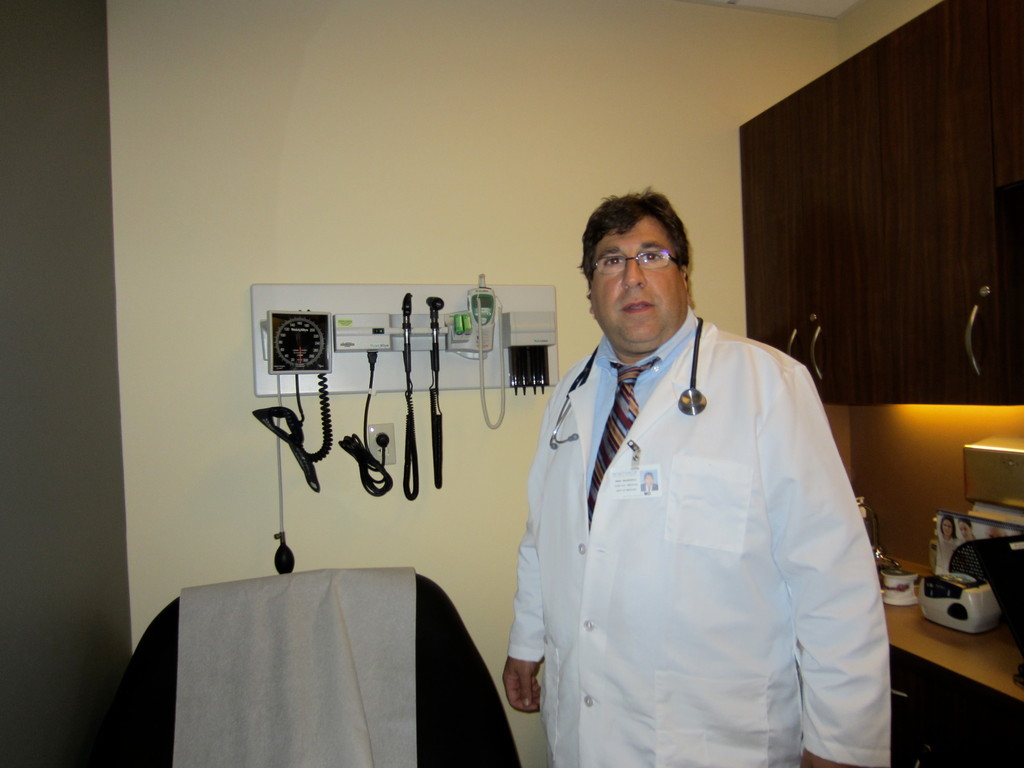Helping those who helped New York
In the aftermath of the Sept. 11 attacks, thousands of people from across the country flocked to New York City to help in any way they could. They helped pull survivors and bodies from the rubble of the World Trade Center, and spent weeks combing the site.
Now, nearly 14 years later, many of those responders have developed health problems they otherwise wouldn’t have. Cancers, lung problems, skin infections and more can all be traced back to the time that the thousands of people — and the survivors of the attacks — spent covered in and inhaling debris.
In 2011, after a long fight in Congress led by the New York delegations in the Senate and the House, the James Zadroga 9/11 Health and Compensation Act was passed, which created a registry and fund for victims and responders who developed illnesses because of the attacks. As of August, there are more than 70,000 people registered. They will all receive free healthcare for illnesses and conditions relating to the attacks.
“The diseases are the same, but the causes are not the usual causes,” said Dr. Marc Wilkenfeld, the chief of occupational/environmental medicine at Winthrop University Hospital. “We have people with a combination of many different diseases, so the treatments can be fairly complicated.”
Wilkenfeld is the head of Winthrop’s branch of the World Trade Center Health Program. The Long Island portion of the program is overseen by Stony Brook University Hospital.
Winthrop got involved in the program because of Wilkenfeld. He joined the hospital in 2010. A few months later, the Zadroga Bill was passed, and he pushed to set up the program at Winthrop.
“I said, ‘we have this opportunity to serve this truly needy group of people,’” said Wilkenfeld.
He met with people from Stony Brook. Wilkenfeld already had experience working with 9/11 survivors and responders. On Sept. 11, Wilkenfeld was living just a mile away from the World Trade Center. The next day, he was at Ground Zero trying to help people.
“I think a lot of the doctors are affected by the patients, but for me it was extremely personal,” he said. “It was my neighborhood and I lost a few friends.”

 39.0°,
Fair
39.0°,
Fair 




